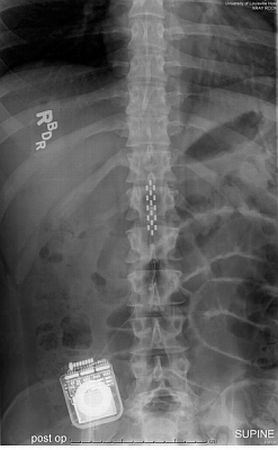Susan Harkema’s a neuroscientist at the University of Louisville, Kentucky, recent research would act as a boon to patients who are suffering from paralysis. Her study demonstrated awakening of patients’ lower spinal cord with the use of electrical stimulation.
Dustin Shillcox, a 28-year-old guy, who met with an accident on August 2010 had lost his control on his lower limbs. But with Harkema’s research, for the first time in 2 years, he was able to stood on his feet. Similar result was seen in Rob Summers, 23 years of age, after stimulation, he was able to move his legs voluntarily. Subsequently it was examined that Rob regained control of his bladder, bowel, and sexual functions, even during the absence of stimulation.
The doctors themselves are awestruck with this level of efficiency and success since they were involved with the research since decades but the outcome matched nowhere with the current result.
Until now, scientists were working on transplanting stem cells for neural repair, modifying the spinal cord in a way to encourage it to replenish with new neurons. However, this approach has not crossed the threshold of lab yet. Harkema’s demonstration coupled with real life stories has given a ray of hope to patients dealing with paralysis.
Harkema implanted electrodes in spine so that it could reach and carry the impulses where the brain is not able to carry out the desired tasks, defiantly a breakthrough.
More @ IEEE Spectrum




